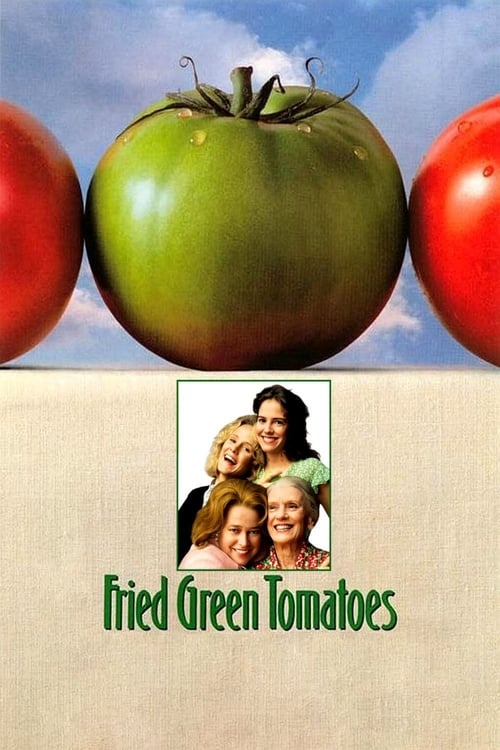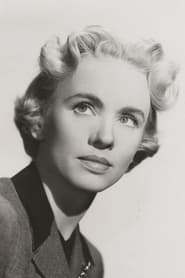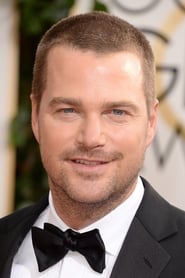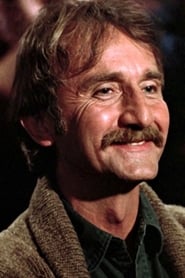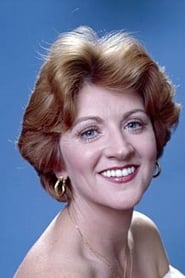Cast
View AllKathy Bates
as Evelyn Couch
Jessica Tandy
as Ninny Threadgoode
Mary-Louise Parker
as Ruth Jamison
Mary Stuart Masterson
as Idgie Threadgoode
Cicely Tyson
as Sipsey
Stan Shaw
as Big George
Chris O'Donnell
as Buddy Threadgoode
Gailard Sartain
as Ed Couch
Timothy Scott
as Smokey Lonesome
Gary Basaraba
as Grady Kilgore
Lois Smith
as Mama Threadgoode
Jo Harvey Allen
as Woman's Awareness Teacher
Fannie Flagg
as Teacher
Suzi Bass
as Nurse
Tom Even
as Judge
Crew
Director
- Jon Avnet
Producer
- Jon Avnet
- Jordan Kerner
Reviews
Filipe Manuel Neto
**An unfairly forgotten film, quite emotional, that women will find very good and men may or may not like, depending on their tolerance for films with a greater sentimental charge.**
Director Jon Avnet brings us a good film that reminds us of the value of good friendships and self-love. Intelligently directing his crew and cast, he managed to make a discreet, unpretentious but very enjoyable film that easily wins over the audience. Still, it's bland and tepid, and perhaps that's precisely why it ended up as forgotten as it is.
One of the strongest points is clearly the cast, headed by two solid and talented actresses: Kathy Bates and Jessica Tandy. None of them are big names within the film industry, nor do they draw crowds to a “multiplex” simply by appearing on a poster. However, they are very experienced, knowledgeable about this art of acting and capable of credibly interpreting their characters. For me, it's Tandy's best film, even deserved her an Oscar nomination. In addition to the skill of the two protagonists, it is fair to mention the contributions of Mary Stuart Masterson and Mary Louise Parker. Unfortunately, the male cast is very subdued which, combined with the melodramatic tone, makes the film more interesting for a female audience.
Set in Alabama, the story deals with the friendship between two women: they both feel alone, one of whom lives in a nursing home and doesn't talk to many people and the other is trapped in a dead marriage and has lost her self-esteem. The film discusses friendship, racism, violence, the connection to our roots, and there are many friendly and likeable characters. In fact, the emotional charge sometimes seems excessive. I don't see this as a problem, but a feature that will please some more than others. For me, it didn't take away any interest I might have had, but I'll understand if men say they feel a little queasy with so much mushiness. What bothered me most about the film was the length and the way it took a while to get interesting: on the one hand, I found it difficult to get interested in the first half hour and, on the other hand, I felt that it was a little stretched out in running time.
With such strong bets on the script and cast, the film did not need to invest too heavily in effects or technical aspects. All he had to do was be careful not to make mistakes and to do things well, and that's precisely what was done: from the cinematography to the costumes, through the visual and sound effects, the soundtrack or the choice of filming locations and scenarios, the film stands out for its effectiveness and elegance, but without being too daring, remaining in familiar and comfortable terrain where it manages to do well what needs to be done.
Dec 17, 2023
CinemaSerf
"Evelyn" (Kathy Bates) and her husband "Ed" (Gailard Sartain) are going through the motions in their marriage. They've long stopped making any effort for each other and she is a bit fed up. It's when she is visiting a friend at an old folk's home that she encounters the frail but spritely "Ninny" (Jessica Tandy) and they get chatting. The older lady starts to regale her with stories of her younger wife in rural Alabama and of her sister-in-law "Idgie" (Mary Stuart Masterson). Over the next couple of weeks and months "Evelyn" becomes addicted to hearing the stories, as do we, of racial and sexual inequality, iniquity and joy as this small subsistence community slowly and sometimes brutally evolves. The effects of this retrospective are quite profound on the younger lady who starts to feel empowered by what she's hearing. Her confidence grows - even if her insurance premiums start to go up - and she begins to take steps to improve her domestic situation. The photography and the engagingly crafted script illustrate quite powerfully and affectionately the struggles of just about everyone in a 1920s where racism and bigotry were never far away; the KKK travelled thrived unfettered and any sort of inter-racial relationship was downright dangerous. There are also strong contributions from Mary-Louise Parker as the upstanding, preacher's daughter, "Ruth" and from Stan Shaw as "Big George" as the thrust of inspiration in the face of adversity is transferred onto life in the 1990s. Tandy and Bates prove the perfect pairing as they mix the good and the bad, the happy and the sad and a fair degree of good old fashioned common sense and stoicism to create rounded and plausible characters, a degree of nostalgia and loads of mischief. It is slightly rose-tinted, but it's still well worth a look see an ensemble cast at it's best.
Jan 25, 2025
Thematic Analysis
As a dramatic work, Fried Green Tomatoes examines complex human relationships and emotional struggles against the backdrop of a period setting that reflects societal issues of its time. The character development particularly stands out, offering viewers a chance to reflect on their own life journeys.
Director Jon Avnet brings their distinctive visual style to this film, continuing their exploration of themes seen in their previous works while adding new elements. Their approach to character development and emotional depth creates a viewing experience that rewards close attention.
Released in 1991, the film exists within a cultural context that now offers viewers historical perspective on the social issues of that era. Its critical acclaim reflects its artistic achievements and its place in cinema history.
Did You Know?
- The production of Fried Green Tomatoes took approximately 16 months from pre-production to final cut.
- With a budget of $11.0 million, the film proved to be a financial success, earning back its investment and more.
- The final cut of the film runs for 130 minutes, though the director's initial assembly was reportedly 175 minutes long.
- The director insisted on using practical effects whenever possible, reserving CGI for only the most necessary scenes.
- The screenplay went through 8 major revisions before the final shooting script was approved.
- Several scenes were filmed in multiple locations to capture the perfect setting.
Historical Context
- In 1991, when this film was released:
- The internet was beginning to transform communication and information access.
- Globalization was accelerating economic and cultural exchange.
- Independent cinema was growing in influence, challenging the dominance of major studios.
How This Film Stands Out
While Fried Green Tomatoes shares thematic elements with other films in its genre, it distinguishes itself through its unique approach to storytelling, visual style, and character development.
Unlike Elmer Gantry, which focuses more on action than character development, Fried Green Tomatoes subverts genre expectations by exploring its themes with greater nuance.
While films like The Heart Is a Lonely Hunter and Obsession explore similar territory, Fried Green Tomatoes stands apart through its deeper exploration of its central themes and more complex characterization.
This film's unique contribution to cinema lies in its thoughtful balance of entertainment value and thematic depth, making it a valuable addition to its genre.
Details
- Release Date: December 27, 1991
- Runtime: 2h 10m
- Budget: $11,000,000
- Revenue: $119,400,000
Where to Watch




